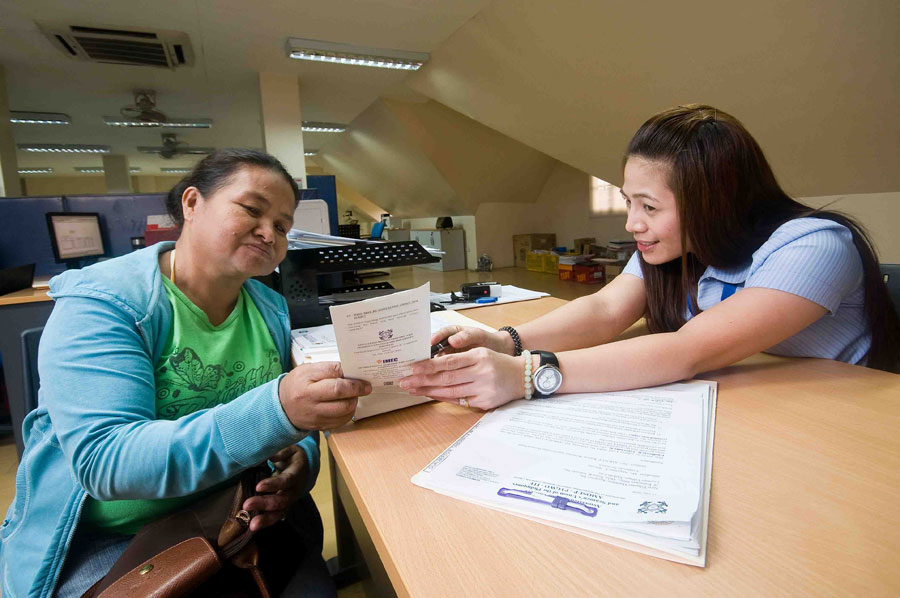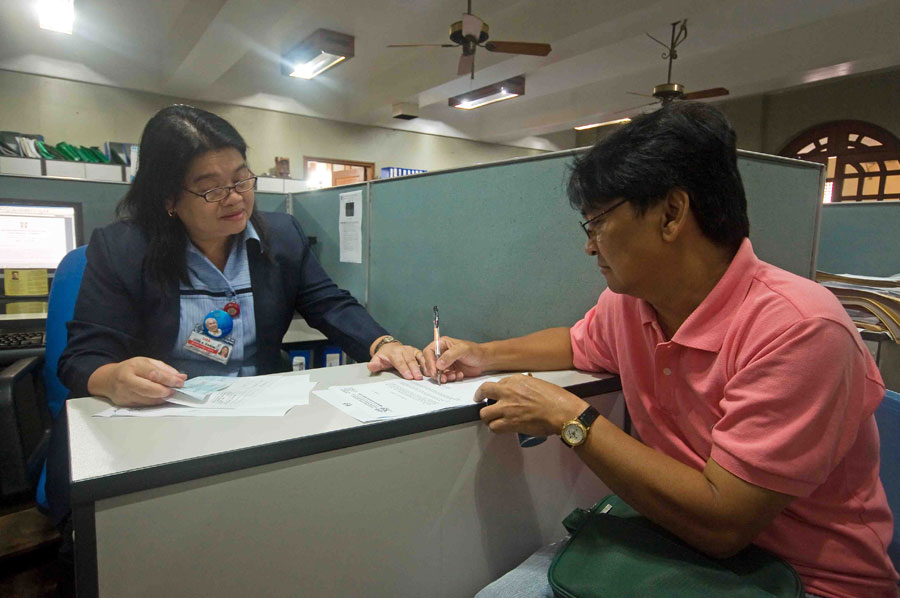The Dawn of a New Era.
Before 1960, the local seafaring industry has yet to catch up with other industries in adopting a structured labor group to give them better benefits and protection. Back then, workers on foreign vessels were getting few benefits, low salaries and wages as well as little protection from the many hazards of the trade such as accident, sickness and death.
The tide of change came in 1960 when Capt. Gregorio Oca organized the Associated Marine Officers’ Union of the Philippines (AMOUP). In the same year, Bro. Donato Alarcon formed the Associated Seamen’s Union of the Philippines (ASUP) for the Filipino unlicensed crew. The following decade saw the merging of the two to form the Associated Marine Officers’ and Seamen’s Union of the Philippines (AMOSUP). Almost immediately, the Union jumpstarted its series of training programs to upgrade the skills and elevate the competitiveness of Filipino seafarers.
The 1970s saw the beginning of several auspicious Union programs which have grown to become cornerstones at present. First and foremost was the establishment of the AMOSUP-PTGWO Medical and Dental Clinic in 1974 along with the creation of the Family Medical and Dental Plan (FMDP) to take care of the health of members and their dependents. This will later grow and evolve into the Roberto S. Oca Workers’ Clinic and later, the first-ever Union-owned hospital in Asia – the Seamen’s Hospital
Another cornerstone program, the Welfare and Mutual Benefit Plan (WMBP), got started in 1975. The WMBP which sought to provide aid and assistance to members in cases of death, disability or emergencies has played an important role in helping members then and remains relevant up to the present.
An Age of Significant Growth and Development.
The decade of the 80s ushered a period of positive changes for the industry and the Union.
By 1980, the Roberto S. Oca Workers’ Clinic (RSOWC) earned an accreditation as a tertiary hospital. Three short years later, it became the Seamen’s Hospital, bigger and better equipped to minister to the health needs of members and their dependents.
In 1986, Capt. Gregorio Oca introduced a provident/retirement fund for seafarers under the Total Crew Cost Concept CBA (TCCC), a concept unheard of in the local seafaring industry. The fund put into consideration the contractual nature of seafarers’ employment, enabling members to gain access to a retirement fund, a benefit not normally available to contractual workers.
In 1988, the All Japan Seamen’s Union (JSU) Provident Fund became the second fund established under the TCCC, a development that opened the doors to the successful negotiation of several other provident funds under other CBA types.
Towards the end of the decade, the Union concluded agreements with shipowners from Norway and Japan, dramatically increasing the CBA coverage for Filipino seafarers working onboard Norwegian and Japanese vessels.
A Decade of Heightened Global Competitiveness.
The decade before the new millennium demanded increased competitiveness and the Union was quick to respond to the changes.
In an effort to help seafarer members realize their dream of owning a house and lot, AMOSUP embarked on the Seamen’s Village in Cavite, the first-of-its-kind medium-cost housing project and shelter program, at the start of the decade. Two short years later, the first batch of member-beneficiaries became first-time homeowners.
In the area of agreements, the Union concluded several bilateral and collective bargaining agreements with affiliated unions and shipowners organizations including the NCSU (1992), DIS (1994), FKSU/KSA (1997), PRV (1998) and FWZ (1999) resulting to improved benefits and increased coverage for members.
In the area of healthcare, the Union reached out to members in the Visayas with the inauguration of the Seamen’s Hospital in Cebu City in 1997.
With the times demanding higher standards of competitiveness, the Union actively participated in maritime education and training. In 1994, it acquired the training ship M.V. Seiun Maru I from the Ministry of Japan and rechristened it as the T/S Kapitan Felix Oca. The fully-equipped ship provided cadets with hands-on shipboard training, Towards the close the old millennium, the Union established the Maritime Academy of Asia and the Pacific (MAAP) in Mariveles, Bataan. Offering B.S. in Maritime Transportation (BSMT) and B.S. in Marine Engineering (BSME), the academy became the center of excellence for maritime education and training in the Asia/Pacific region.
The AMOSUP Seamen’s Training Center (ASTC) relocated to the MAAP campus in Bataan and expanded its training programs to a wide variety of IMO-prescribed courses to ensure the continued upgrading of skills of Filipino seafarers.
A Time of Accelerated Growth and Higher Standards of Competence.
The turn of the millennium saw changes and challenges looming in the horizon for the seafaring industry and the Union.
The most dramatic change was the Union’s participation in an international bargaining forum of shipowners, ship managers representing different national interests in 2004 the first time in history that such an industrial relations process was established on a global scale. The decade also marked the period when the Union entered agreements with shipowners and unions from other parts of the world such as Italy, UK and Belgium.
The field of education and training also underwent rapid changes and the Union was well-prepared to respond to these. By the mid-2000s, the Maritime Academy of Asia and the Pacific (MAAP) has beefed up its offerings with new degree and diploma courses to address the burgenoning demand for world-class seafarers. To hasten the government’s licensure process and address the global shortage of ship officers, AMOSUP signed a Memorandum of Agreement with the Professional Regulation Commission in 2007 to use the Professional Career Development Center (PCDC) for the PRC-WES licensure for maritime officers. By 2009, MAAP unveiled its extension campus which was completed through the joint efforts of the Japanese government, All Japan Seamen’s Union (JSU), the International Mariners Management Association of Japan (IMMAJ) and their local counterparts. The new campus not only has the same state-of-the-art facilities of the main campus but also advanced simulators to give its student the most comprehensive and up-to-date training.
In the area of healthcare, the Union marked several milestones during the first decade of the new millennium. In 2003, Seamen’s Hospital in Manila further expanded to deliver better healthcare services to even more members and their dependents. In 2005, Iloilo members were accorded quality healthcare with the opening of the Seamen’s Hospital in Iloilo City. By 2008, it was Davao’s turn to receive better healthcare services with the establishment of the Gig Oca Robles Seamen’s Hospital in Davao City.
By the close of the first decade of the new millennium, membership was at an all-time high of over 50,000 and growing – a clear testament to the confidence of members and industry partners in the Union.







